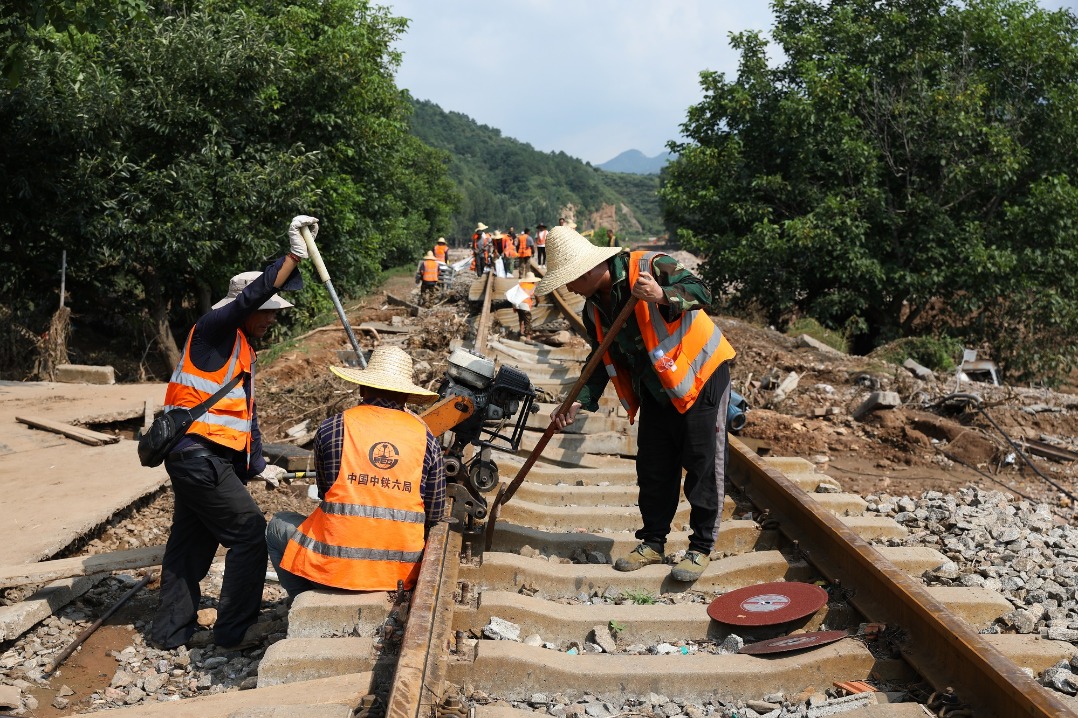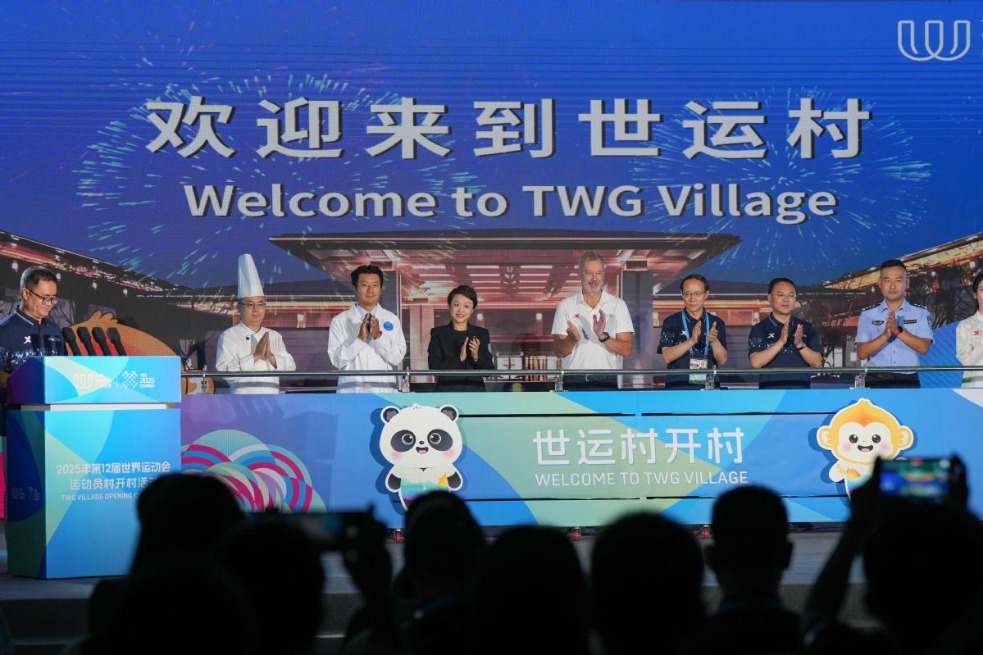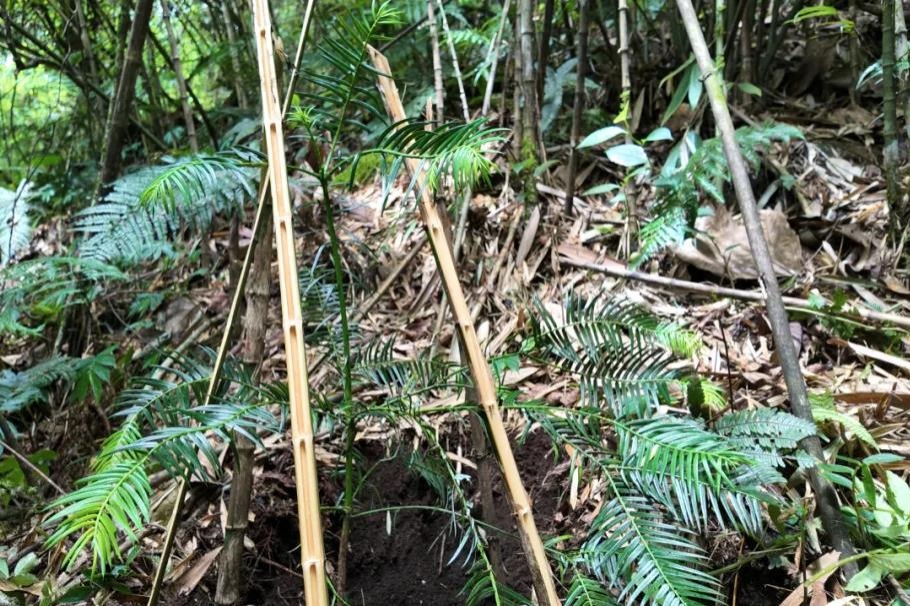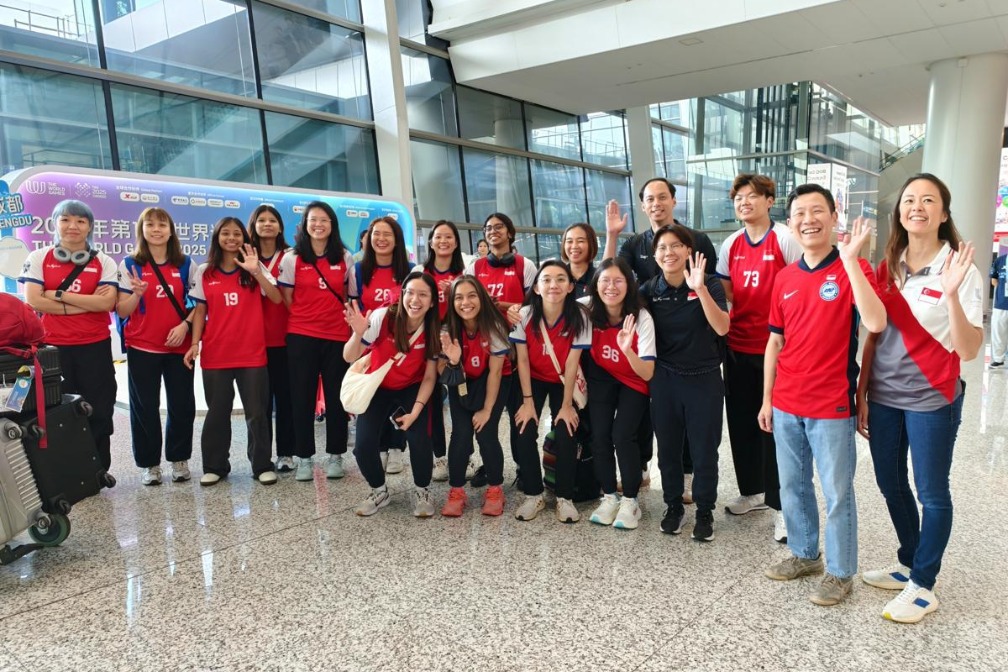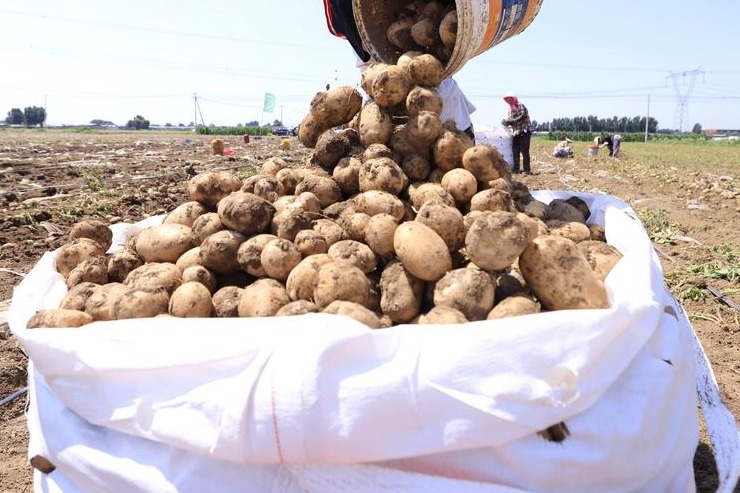Hard work vitalizes village in Hebei

Shashiyu, a former backwater village in Hebei province, has been turned into an affluent, livable place thanks to efforts made by generations of the Communist Party of China members and their perseverance.
In the 1940s, villagers in Shashiyu had little food and few clothes, sustaining themselves on a diet of wild herbs and chaff. Their desire and passion for better lives, however, wasn't dampened by their situation, and they devoted themselves to the village's construction.
While visiting an exhibition in Beijing in 1957, Zhang Guishun, the then 43-year-old Party secretary of Shashiyu, encouraged his fellow villagers to free themselves of their dilemma with great determination and courage. He talked about how villagers in Lijiazhai, a backwater area in Shandong province, had pulled themselves out of poverty.
"We must show some spirit and persistence," said Zhang, who persuaded the villagers to work harder to improve their lives so that they would no longer need charity from the government.
"In the fairy tales, Yugong can move two mountains that once blocked his family's way out with his persistence and endurance, so why can't we try? Nobody was born to be poor!" Zhang said at the time.
The biggest obstacles for the villagers were barren lands of flagstones and scarce irrigation water. They decided to use a small patch of land-667 square meters-as a reclamation experiment in 1966.
The villagers, led by comrades of the CPC, dug wells by breaking through hard stones and reclaimed land by transporting soil from areas 2.5 kilometers away from the village.
As a result of their efforts, they reclaimed the land in just 10 days.
Villager Li Fengzhong recalled that it bothered people to see their shoes stained with soil from walking on the land, because every single grain of soil they had carried there took great effort.
"The first patch of land we reclaimed was rather small, but succeeding built up our hope and enthusiasm for a better life. What we had to do at the time was to work harder and harder!" said Li, 75.
After reclaiming that land, villagers carried water to Shashiyu from a place 5 km away.
From 1966 to 1971, the villagers reclaimed about 73 hectares from 52 hectares of barren land. The effort boosted their grain yield, which reached 400,000 kilograms in 1978.
However, the village encountered a new problem two decades later as the environment become heavily polluted by chemical plants and mine refineries built in 1990s.
Zhou Guojun, the fourth Party secretary of the village, helped transform it from a resource-consuming area to an environmentally conscious one.
The polluting factories were shut down in 2004, and villagers started grape cultivation, which soon became a pillar industry in Shashiyu.
Zhou said that the village started an annual tourism festival in 2015 to attract travelers to pick grapes. "The grapes could be sold at a better price once Shashiyu becomes famous through this festival. Our villagers can then live even better lives," he said.
The prosperity of Shashiyu hinges on endeavors by generations of villagers and the leading groups consisting of Party members. In 2009, the city-level government invested over 1 million yuan ($152,723) to transform the village's exhibition hall into a museum paying tribute to development efforts made by earlier generations.
Shashiyu has turned into a landmark, showing people the hard times deceased secretary Zhang Guishun and the villagers lived through. It's also an attraction highlighting "red tourism" and modern homestays.
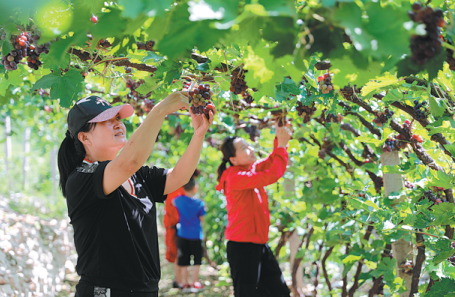
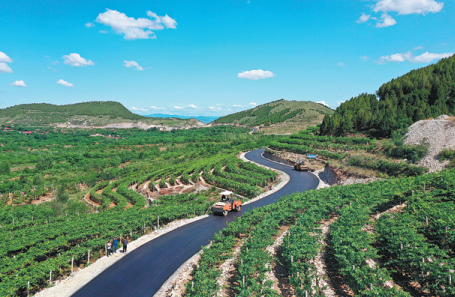
Today's Top News
- Xi urges studying, absorbing netizens' opinions in formulating 15th Five-Year Plan
- Yuan eyes greater role among safe-haven assets
- China set to clean up online health content
- China, EU can shape climate governance
- Chengdu gearing up for World Games
- Beijing, Kathmandu aim for new heights in relations
















